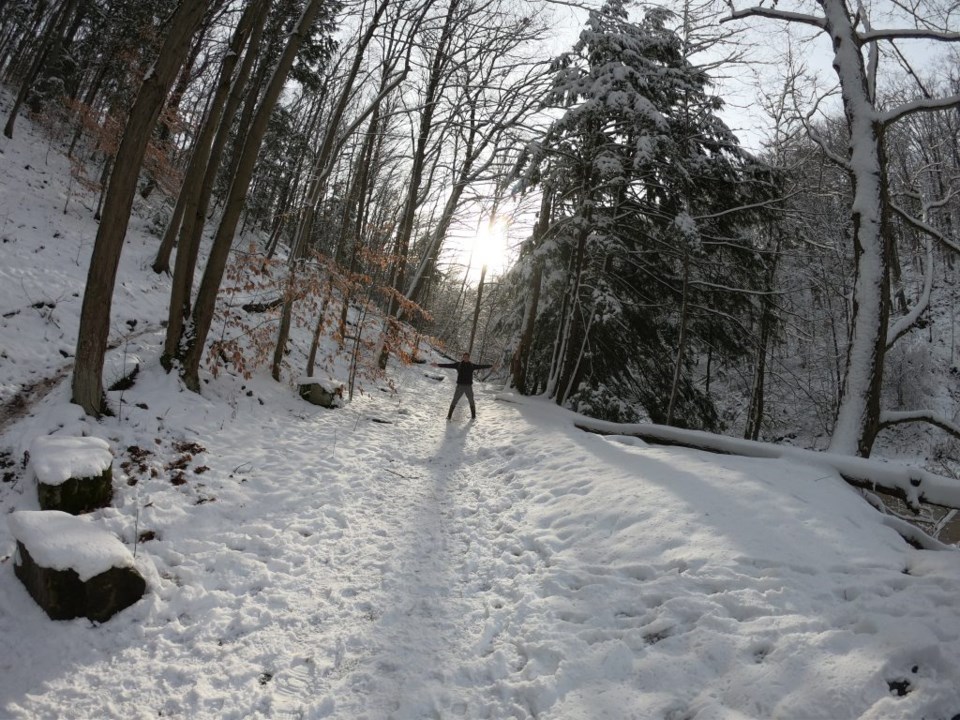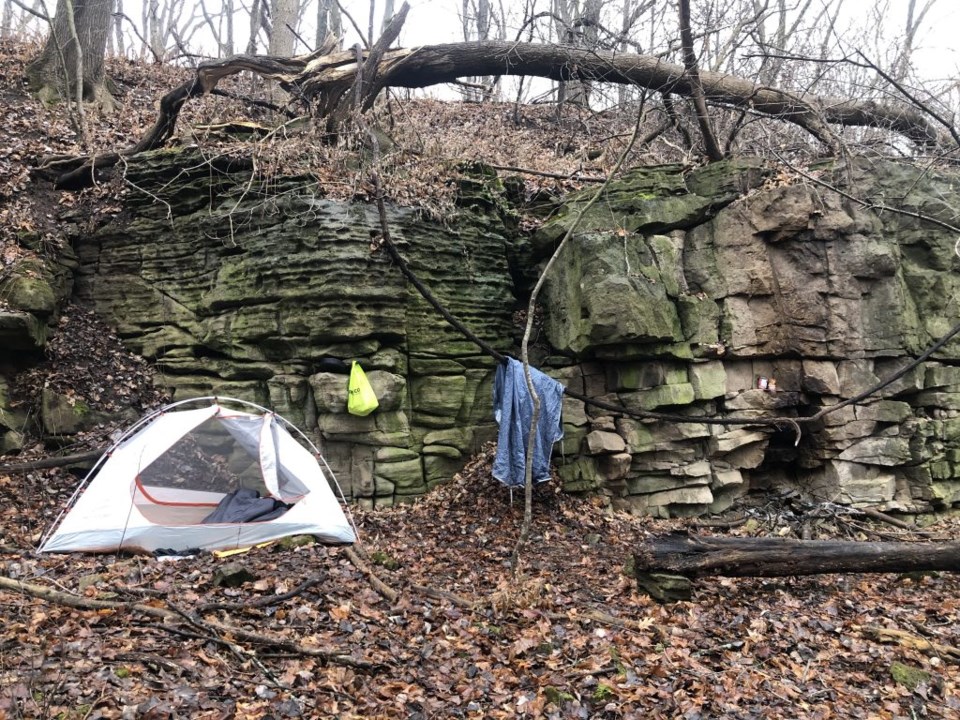
There is a fascinating and noteworthy trend about the hiking trails in Niagara Region. The theme has really come into the forefront over the past couple of months for me, given the snow, mud, and absence of vegetation.
Trails are physically widening, and smaller trails are growing in both size and popularity.
It’s like a dirt road that eventually becomes paved. The paved road then upgrades to multiple lanes. A popular road may then graduate to highway status. With increased usage comes a literal increase in size.
With the onslaught of lockdowns beginning in early 2020, we saw record numbers of locals and residents from across the province flocking to the Niagara Gorge, Queenston Heights, Short Hills Provincial Park, and other popular trails. During this internal migration of humans, though, smaller and more discreet trails were also at the mercy of increased foot traffic.
I have gone into great detail in previous articles about the benefits and consequences of having so many people enjoying nature at once. In this article though, I’d like to focus on the actual hiking trails themselves.
Due to my work and spare time endeavours, I have the privilege of never missing a beat, and not only regarding seasonal change, but ongoing change over years. These observations are not exclusive to how the ecosystem itself changes its characteristics, but also how humans interact with certain trails and protected areas over time.
A quiet, meandering mountain bike trail near Queenston had a patch of poison ivy sprayed off the face of the earth last year. It was a sizeable cluster, right at the beginning of this unmarked and unassuming trailhead. Someone might be reading this and ask themselves, well, isn’t that a good thing? For our immediate and selfish convenience, maybe. However, poison ivy is as much of a native species as a hickory tree or a trillium. I’m not entirely sure who sprayed these plants, or with what, but it created an ugly scar on the forest floor.
To me, this is a sneaky and profound reminder of humanity’s quiet, yet arguably instinctive egocentric attitude towards nature. Perhaps it was done with the best intentions, but coupled with the poison ivy ousting, the trail was then marked and recognized as an official Bruce Trail side trail in late 2021. What used to be narrow and almost exclusively enjoyed by bikers is now a properly widened trail. I would be the last person to be upset about a new hiking trail, but we must collectively move forward with caution on how or where these trails take form.
I was recently out on a New Years Eve-eve winter campout on top of the Niagara Escarpment with my friend. Although I am up there more frequently, my good buddy is also very familiar with the trails up top. He was quick to notice how even since last year, the Bruce Trail widened significantly, maybe by a foot or two in some areas.

This doesn’t sound like a big deal, but imagine the cumulative ecological impact of this when the Bruce Trail is the longest marked hiking path in the province. The amount of natural vegetation and previously undisturbed soil becomes mathematically compromised pretty quickly. I saw this on the Bruce Trail up near Lions Head and Tobermory last year, too.
Deer make routine paths through the bush that sometimes last for multiple years. The route is so safe and so convenient with their hoofed counterparts, that a gradual depression in the vegetation begins to take form. It is safe to say that I have seen deer trails in on our NOTL section of the escarpment, Short Hills Provicial Park, and other locales where they have attracted curious hikers and mountain bikers to follow them. The wear and tear increases, until it becomes more inviting for the average woodland walker. Just like that, it becomes a true hiking trail which infiltrates previously wilder spots.
Some of these deer trails have been walked by a small crowd of NOTL locals over the years, but you really had to take a careful look to find where they started. You’d also have to accept and embrace the bushes and crowded shrubbery. I was blown away to see a couple of these trails last week, which now make no mistake about being a well-worn hiking path. As I prepared my tent and fire to sleep, I wondered how this all happened seemingly overnight.
On top of the escarpment and on the darkest of nights, I stand on one of the highest points in NOTL and look down to the lights below. The new suburbs of St. Davids butt up against the black blankets of the countryside. A few headlights traverse the roadways, while St. Catharines emits a distant glowing bubble of familiar light pollution. I sipped my whiskey and quietly asked myself, are there simply too many people on the planet to walk all of these trails? Or just in general? That is a whole other discussion.


